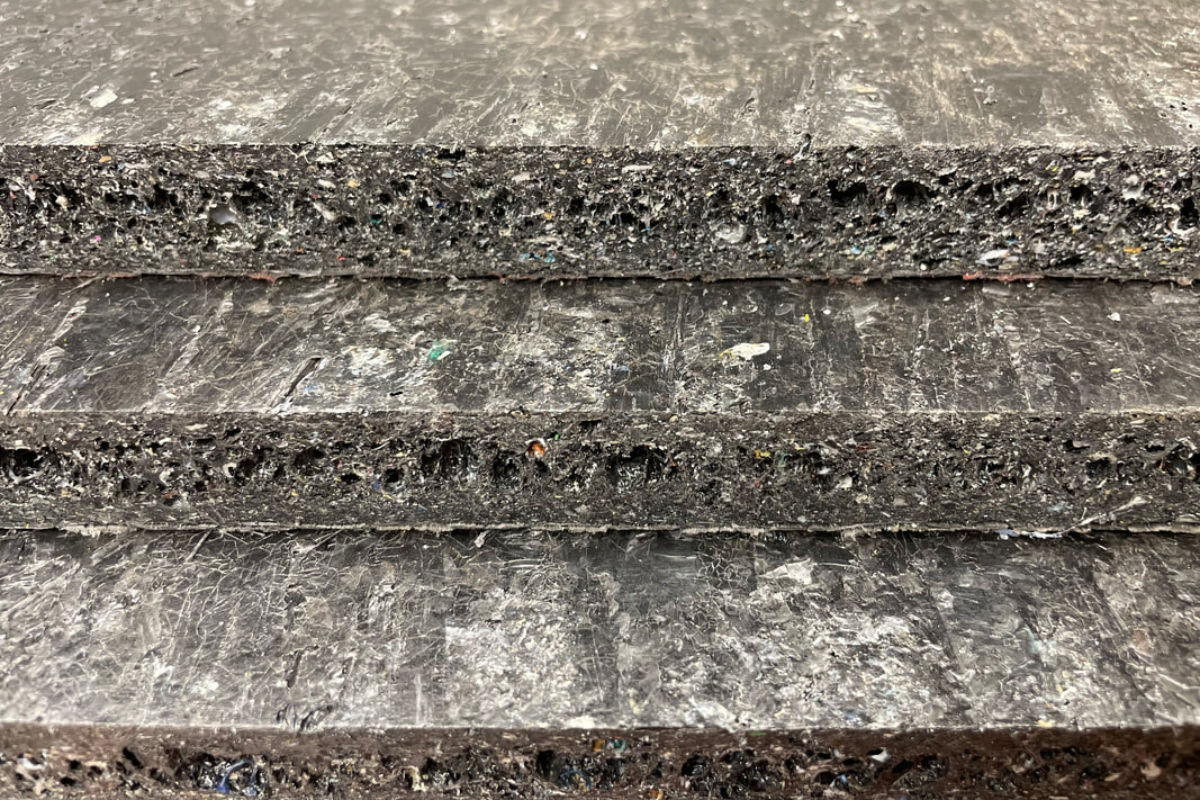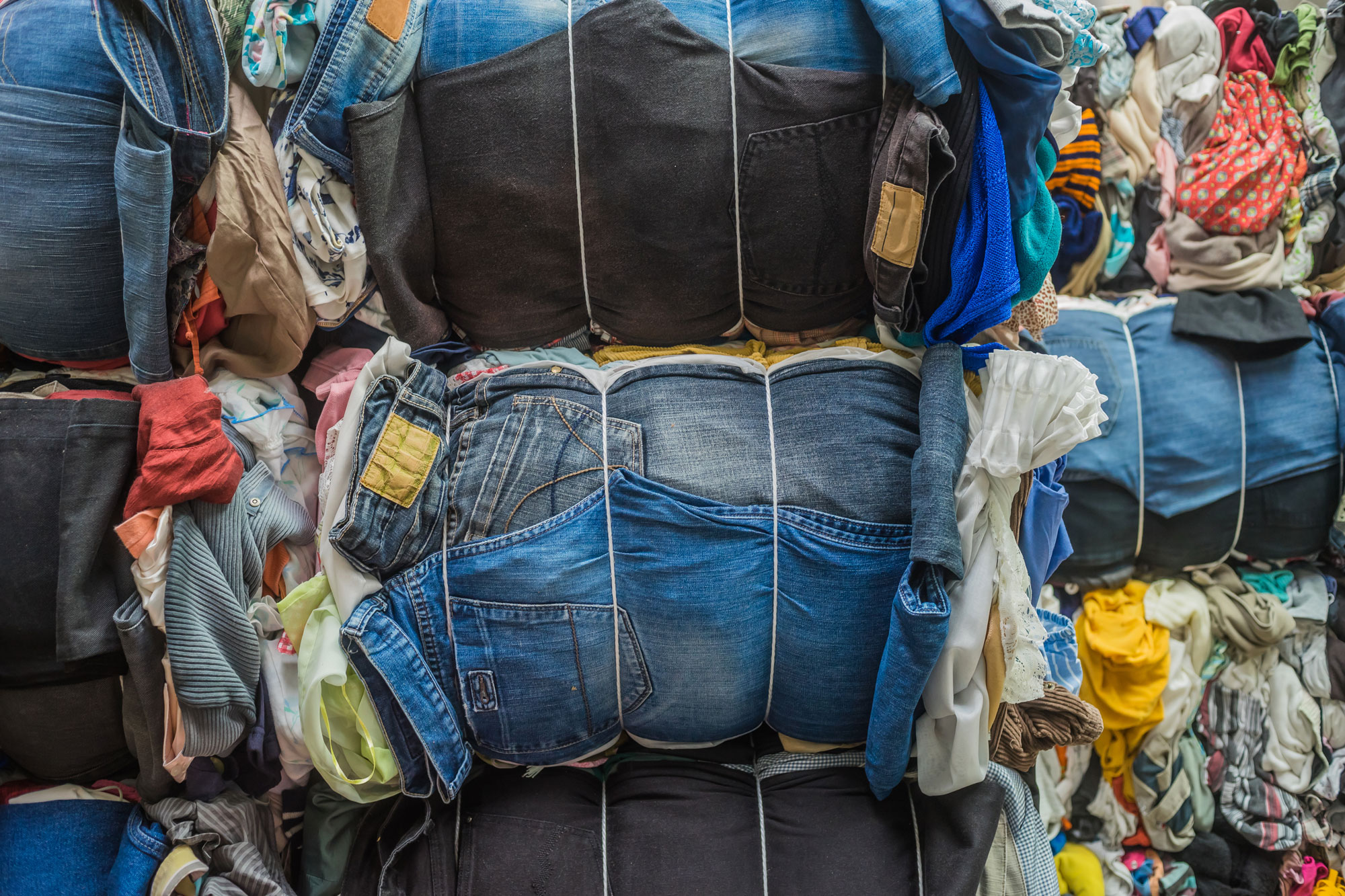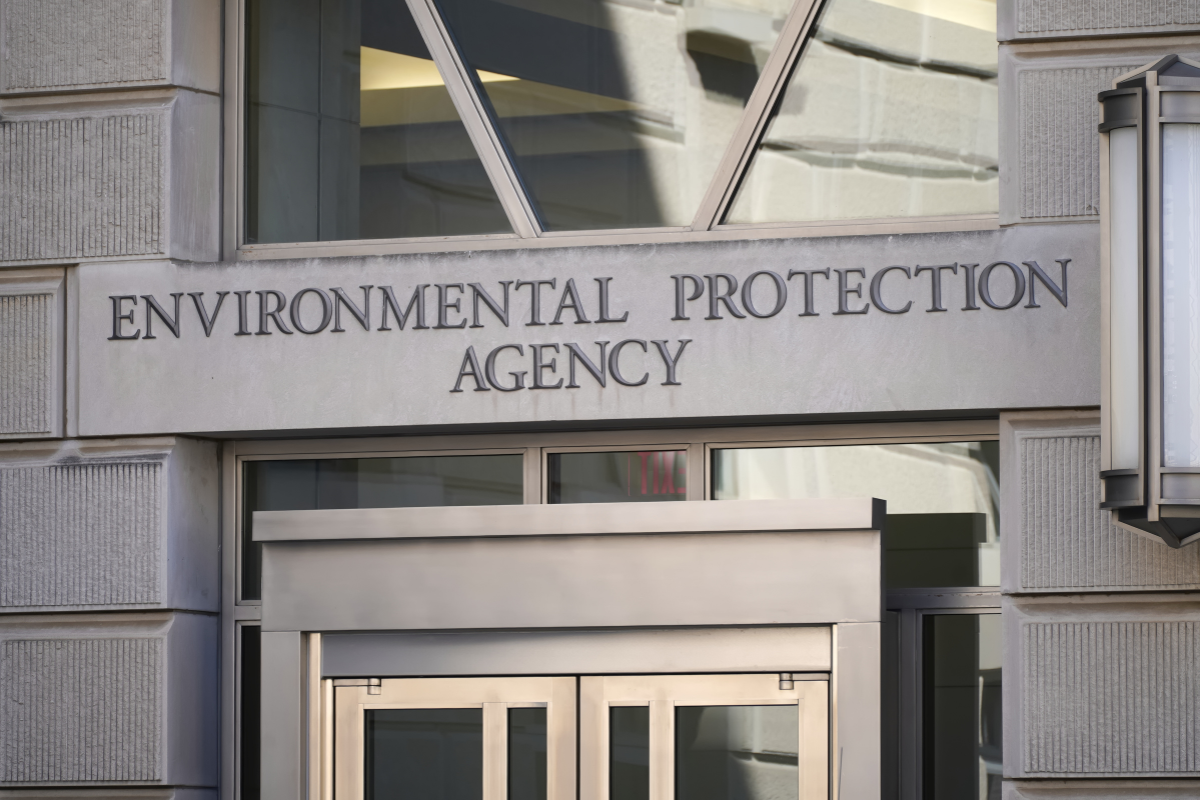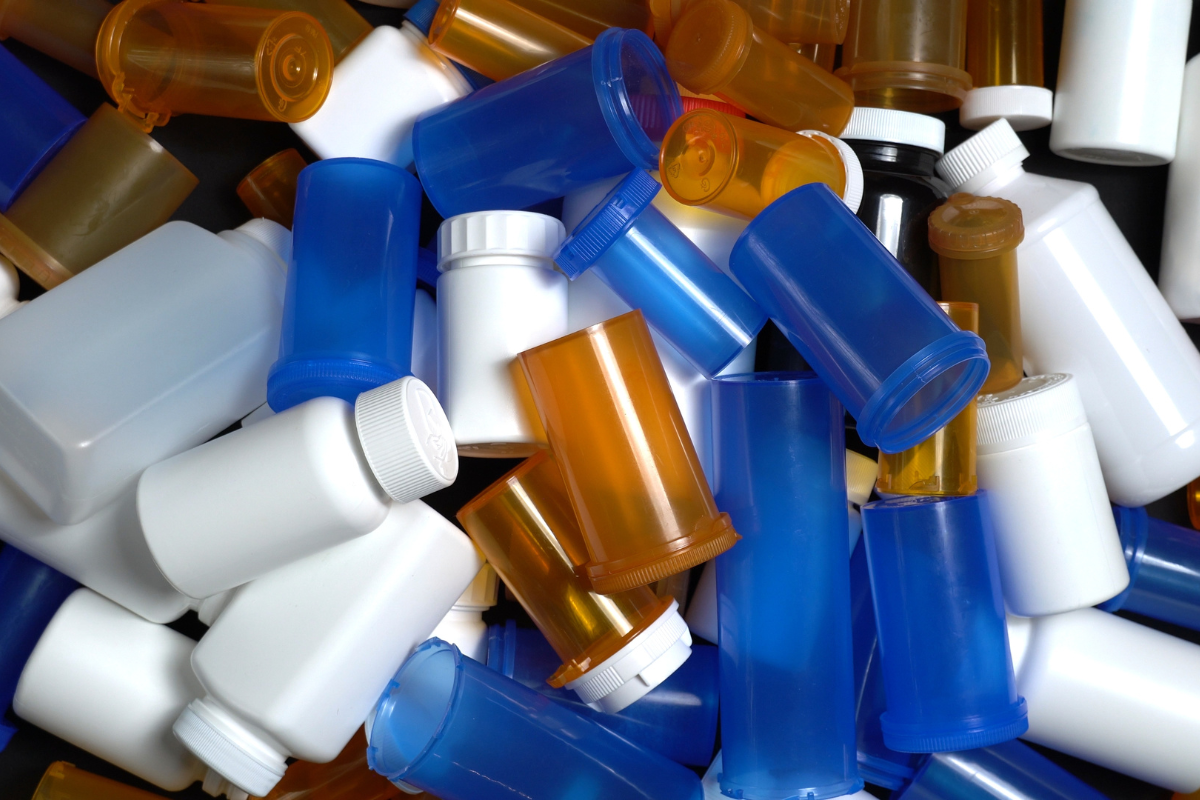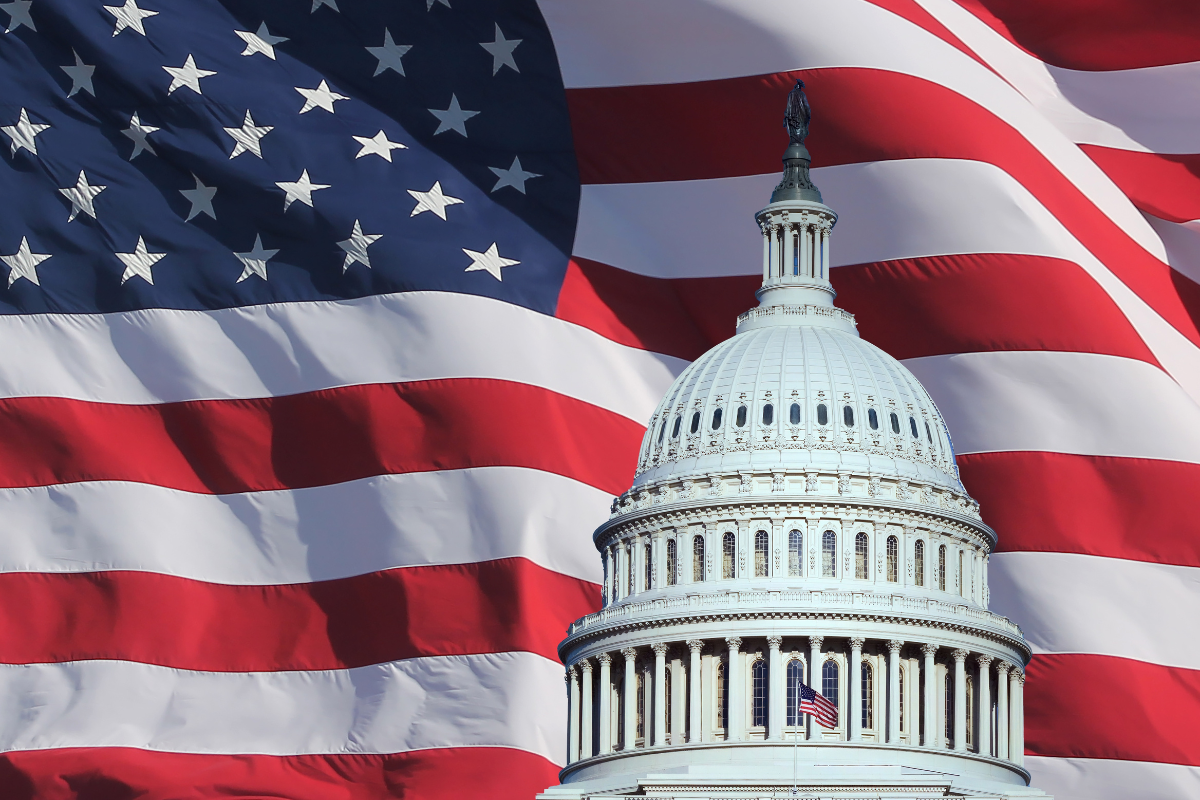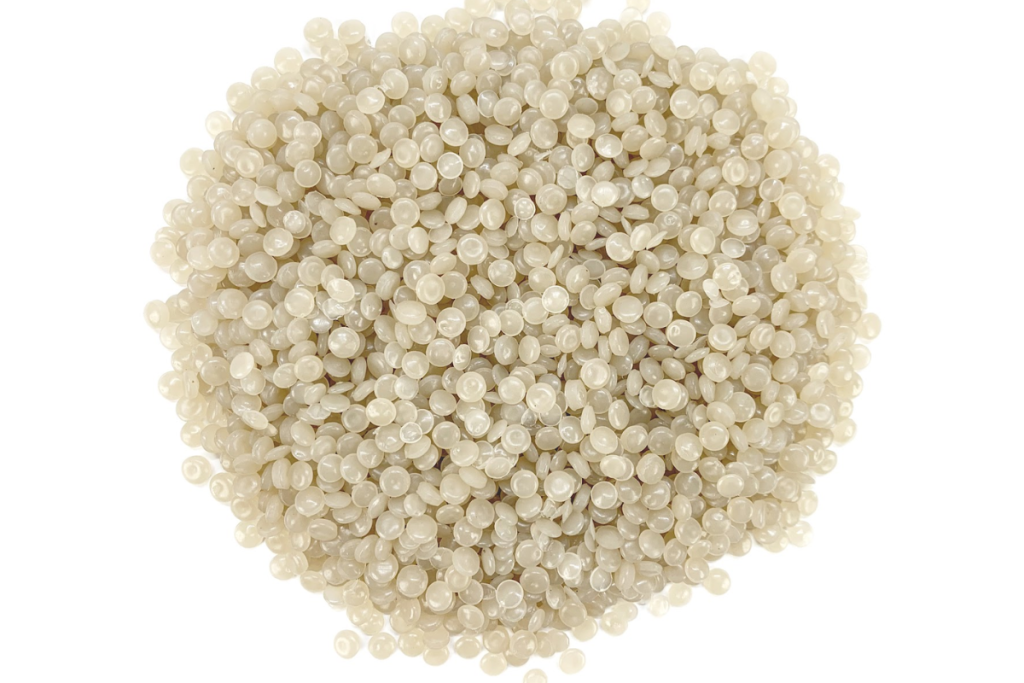
State policy moves, competition from virgin resin and other trends are likely to define the year ahead. | Artography/Shutterstock
This article appeared in the Spring 2025 issue of Plastics Recycling Update. Subscribe today for access to all print content.
2025 is a pivotal year for plastics recycling, where progress, promises and policies are set to collide. As companies reevaluate their long-standing commitments, policymakers push for new regulations and misinformation clouds public perception, recyclers must navigate a landscape filled with both challenges and opportunities. The question isn’t whether recycling works — it does — but whether the right choices will be made now to strengthen and expand it.
Here are five key trends that I believe will define plastics recycling in the year ahe
1. 30 Years of Smarter Design
This year marks the 30th anniversary of the Association of Plastic Recyclers Design Guide for Plastics Recyclability, a milestone that underscores how critical design is to the success of plastics recycling (Editor’s note: See “The Design Guide Turns 30,” page 24). Since its introduction, the APR Design Guide has become the globally recognized standard for designing packaging that can be effectively recycled. It provides detailed, practical guidance for packaging designers and engineers to ensure their products are compatible with recycling systems and do not become contaminants.
Three decades ago, recyclability was often an afterthought in packaging design. A product’s appearance, marketing potential and shelf performance took precedence over its end-of-life recyclability. Today, however, more companies understand that designing for recyclability is essential to achieving their sustainability goals.
We’ve seen growing interest in our training programs, and we estimate that about 30% of plastics packaging today follows the APR Design Guide. That’s progress, but it’s not enough. Designing for recyclability is the first and most fundamental step in achieving a circular economy. If a package isn’t designed to be recyclable, it doesn’t matter how efficient our collection, sorting and processing systems are — it won’t get recycled.
In 2025, we expect to see more companies adopting the APR Design Guide as they work to meet their sustainability goals and comply with evolving regulatory requirements. We’ll also celebrate companies leading the way through our inaugural APR Recycling Leadership Awards, which will honor innovators who have demonstrated leadership to advance design for recyclability, developed new recycling technology, developed packaging to address recyclability challenges and increased their commitment to the utilization of post-consumer resin.
2. Too Much, Too Cheap
One of the most significant challenges we face in the plastics recycling industry is the oversupply of virgin plastic on a global scale. In recent years, petrochemical companies have significantly expanded their production capacity, saturating markets with low-cost virgin resin. This influx, coupled with imported material entering North America and Europe, has driven virgin resin prices to historically low levels.
This price pressure creates a major hurdle for recycled content. PCR often costs more to produce than virgin resin, largely due to the infrastructure, labor and processes involved in collecting, sorting and reprocessing materials. When virgin plastic is sold at extremely low prices, it disincentivizes companies from using recycled materials, regardless of their stated sustainability commitments.
Compounding this issue is the need for reliable, high-quality PCR. This is where APR’s PCR Certification Program plugs in to ensure that recycled content is truly post-consumer and meets stringent quality standards. This program helps build trust in PCR markets, giving companies the confidence to invest in sustainable sourcing despite fluctuating virgin resin prices.
In 2025, the industry must work toward decoupling PCR pricing from virgin resin costs. Policy interventions like minimum recycled content requirements and tax incentives can help level the playing field, ensuring that PCR materials remain viable even when virgin resin prices drop. Global oversupply of virgin plastic isn’t going away overnight, but smart policy decisions combined with programs like APR’s PCR Certification can mitigate its impact.
3. Fallout for Walking Back Commitments
The year 2025 has long been a key target for corporate sustainability commitments, particularly regarding the use of PCR content. Over the past decade, dozens of brands have publicly pledged to increase recycled content in their packaging, with many aiming to meet specific goals by 2025. However, as the deadline looms, we’re seeing some companies retreat from those promises.
These pullbacks create ripple effects across the recycling value chain. Recyclers have invested in infrastructure to meet the anticipated demand for recycled plastics. When companies reduce or delay their commitments, that infrastructure becomes underutilized, which jeopardizes future investments and stalls the development of circular systems.
Customers consistently express a preference for recyclable packaging and expect brands to follow through on their environmental commitments. Additionally, using PCR helps companies reduce their carbon footprint and meet corporate social responsibility goals. So why are companies backing away? The answer often boils down to cost. As described earlier, recycled material carries a price premium compared to virgin resin. For recycling to succeed, that premium must be viewed not as an unnecessary expense but as an investment in sustainability.
In 2025, brands must recognize that inconsistent demand weakens the entire system. Long-term contracts for PCR content can provide recyclers with the market stability they need to continue expanding capacity. Without this commitment, the industry risks stagnating just when it needs to grow.
4. The Misinformation Battle
There is no question that misinformation and disinformation about plastics recycling have grown into major obstacles. In recent years, we’ve witnessed a concerted effort to undermine public confidence in recycling, often driven by groups advocating for the complete elimination of plastics. Ironically, these attacks target one activity — recycling — that demonstrably reduces the need for virgin plastic production and mitigates environmental harm.
The impact of this misinformation is evident in public opinion data. Just five years ago, around 15% of consumers questioned whether their recyclables were truly recycled. Today, that figure has more than doubled. This growing doubt has tangible consequences: When consumers lose confidence in recycling, they don’t stop buying plastic, they just stop putting it in the recycling bin.
The facts tell a different story. Plastics recycling in the U.S. diverts more than 5 billion pounds of material annually, delivering significant environmental benefits like reduced greenhouse gas emissions and energy savings. We also have the capacity to double that volume if more material is properly collected and sorted.
In 2025, APR will continue to push back against misinformation. We are committed to providing accurate, science-based information to policymakers, industry leaders and community programs. Restoring trust in recycling is essential if we want to build a truly circular economy for plastics.
5. States Take the Lead
In recent history, activity on recycling at the federal level has been limited. But states are filling the void to address plastics recycling challenges. Extended producer responsibility programs that shift financial burdens to producers are gaining momentum across the U.S. This structure provides a direct incentive for companies to design more recyclable packaging and invest in recycling systems.
However, not all EPR programs are created equal. Many initial frameworks focus heavily on the supply side — improving collection and processing systems — but overlook the equally critical demand side. Without mechanisms like minimum recycled content requirements, EPR efforts may fall short of their intentions.
APR has long supported policies that foster both supply and demand growth. In 2025, we anticipate more states adopting EPR legislation, particularly as early adopters like California, Colorado and Maine demonstrate tangible results. Our role will be to help shape these programs to ensure they create meaningful, long-term market signals for recycled content.
Looking Ahead: A Year of Opportunity
Plastics recycling is not just at a crossroads — it is on the brink of transformation. In 2025, we have the opportunity to drive real change by mobilizing smarter design, inspiring corporate leadership and building public trust. The challenges ahead are real, but so is the momentum we’ve built.
At APR, we are leading the charge. For 30 years, our APR Design Guide has set the standard for packaging innovation. Our PCR certification program ensures integrity in recycled content, and our advocacy efforts continue to push for policies that create real, lasting impact. We know what works, and we are committed to expanding solutions that make plastics recycling more effective, efficient and accessible.
A circular economy isn’t just possible — it’s within reach. Success will require industry collaboration, bold thinking and tireless effort. Together, I am confident that we can make 2025 a breakthrough year for plastics recycling.
Steve Alexander is president & CEO of the Association of Plastic Recyclers, which owns Resource Recycling, Inc.



